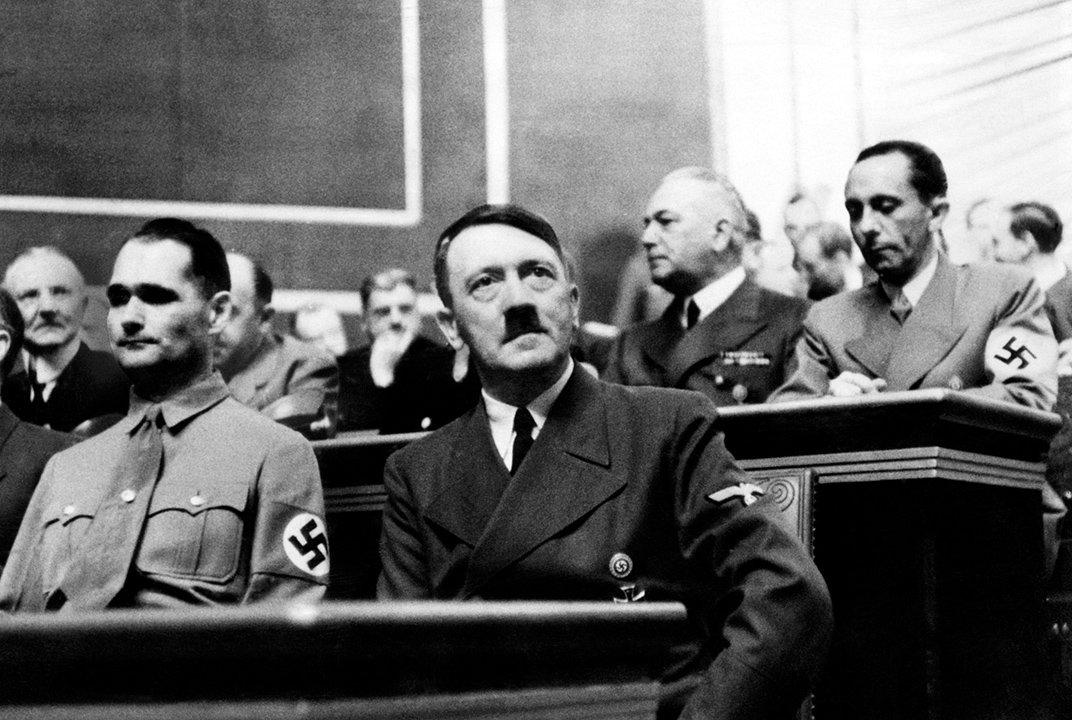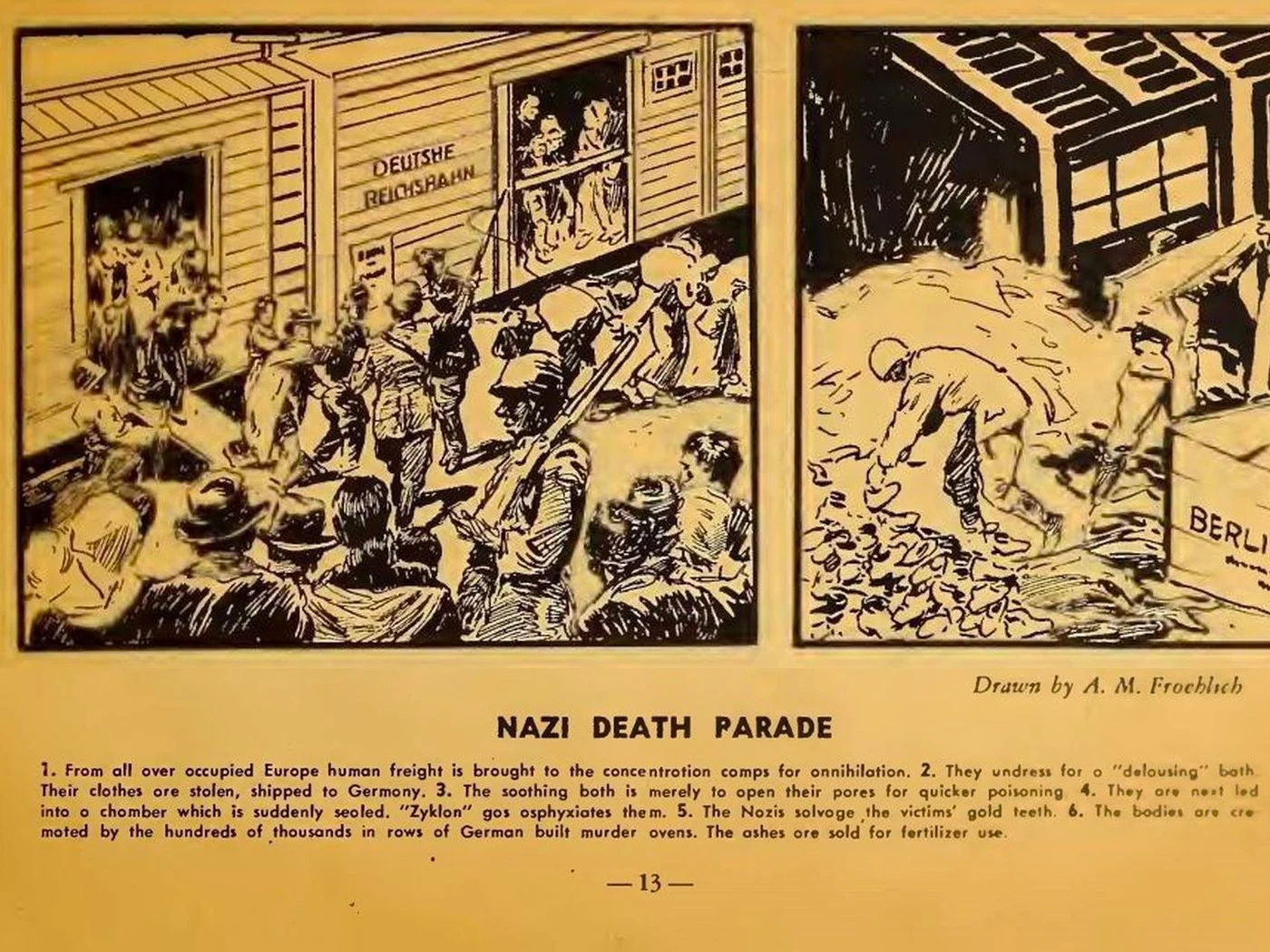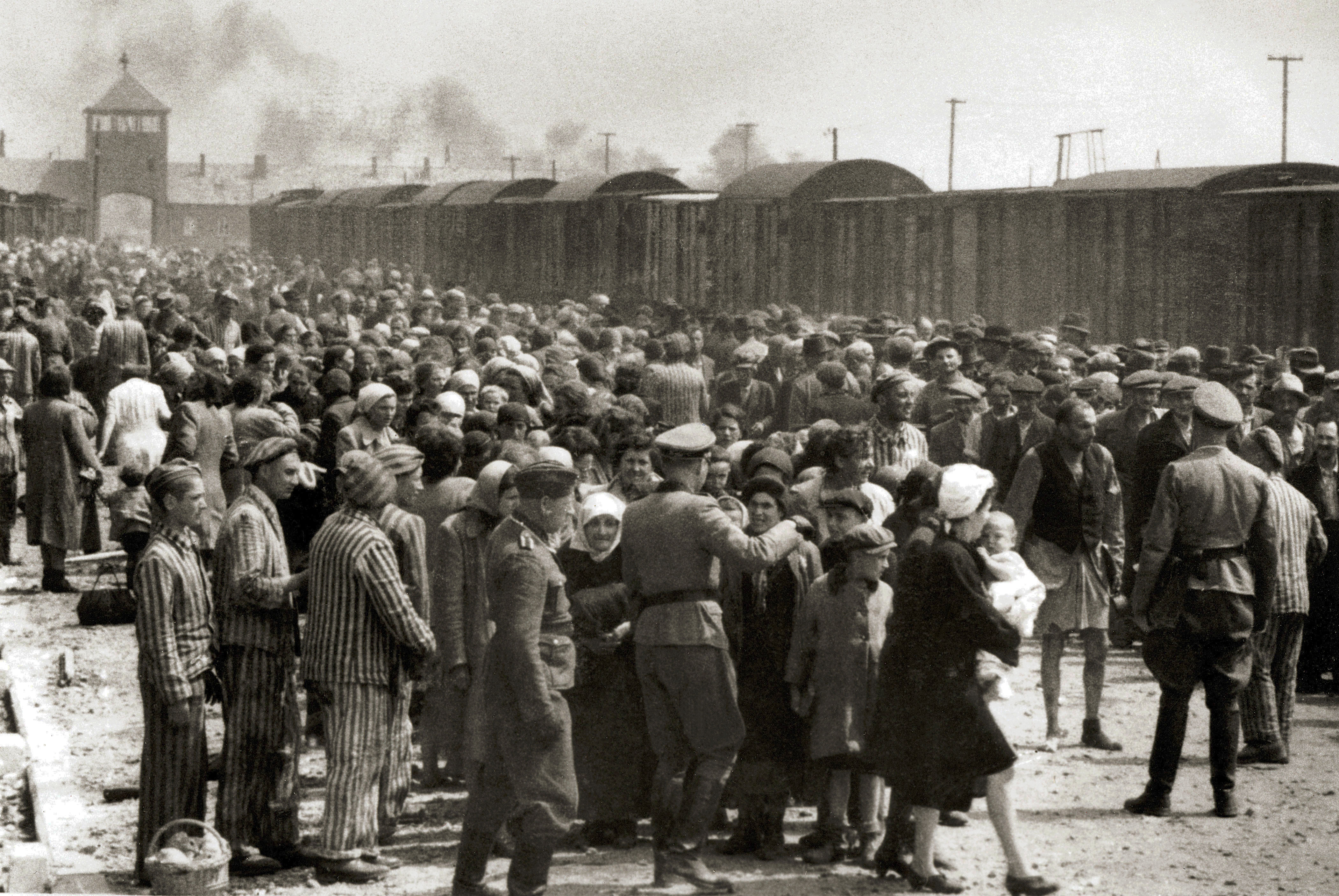
The German Nazi regime after Adolf Hitler came in was famous for the ideological and systematic state-sponsored persecution and mass murder of millions of European Jews (and millions of others, like the Romani people, the intellectually disabled, dissidents and homosexuals).
Adolf Hitler felt that these people were inferior and so a threat to the purity and community of the German race. Hitler’s rule was a period where the Jews were persecuted consistently. Hitler, under cover of World War II, set up concentration camps with mass killing centres.
About six million Jews and some 5 million others, targeted for racial, political, ideological and behavioural reasons, died in this genocide, with about one million children murdered.
Long before Hitler came into power, Anti-semitism was already a thing, and the Jews had consistently suffered these hostilities and served as scapegoats time without number.
However, none of the leaders before him could carry out a systemic murder with high-level secrecy as Hitler.
While Hitler never disguised his hatred for Jews and the fact that he felt that there was no place for them in Germany, he had no plans for mass murder. The world war helped him conceive the idea and possibility of mass murder.
The Nazis, between the years of 1933-1939, took away the livelihood of the Jews so they would consider emigrating. They took away their citizenship and banned them from appearing in public places. The war broke out in September 1939, and over 250,000 Jews left Germany because of the persecution they faced.
In June 1941, Hitler declared that the Germans wouldn’t abide by the communist regime and that war crimes would go unpunished, and they could execute any criminal suspect without trial. This was so they could create a colony for the Germans.
They created special killing units in the military with the task of killing communist officials, partisans, and Jewish men between the ages of 15 and 60; they also killed older people, women and children.
The Hitler regime built camps with mass killing centres and, under the pretext of deporting them, took them to these places where they were murdered. By 1941, over 900,000 Jews had been murdered this way.

In January 1942, during the Wannsee conference, Nazi officials talked about the execution of the planned murder of the eleven million Jews living in Europe. The Nazis then began preparations to murder more than two million Jews living in the occupied part of Poland.
They built extermination camps under the code name Aktion Reinhard. The sole purpose of these camps was to kill people in gas chambers with diesel engine exhaust fumes immediately upon arrival. They spared a few Jews, however, to help with these killings. In November 1943, Aktion Reinhard was stopped, the camps were disassembled, and the bodies of the victims were excavated and burned. The Nazis in a bid to wipe out their crimes then planted trees on the grounds. At least 1.75 million Jews were murdered during Aktion Reinhard.
Many more Jews were murdered in camps where they were starved and forced to do hard labour. However, the extermination camps were kept secret from the public. The Nazis, in 1942, began deporting Jews from all over Europe. They were then crammed in cattle wagons and taken to Eastern Europe.
Most of them ended up at Auschwitz-Birkenau. However, there were other concentrations or extermination camps. Out of the 101,800 Dutch Jews murdered, 34,000 were killed in Sobibor.
Auschwitz-Birkenau was both a labour and an Extermination Camp. And so, upon arrival, the Jews were selected according to their age, health, and ability to work. Those who were not fit were gassed immediately, while the others had to do forced labour under inhumane conditions. The work was extremely hard, the little food was of poor quality, hygiene was nonexistent, and Jews were maltreated. This programme is also referred to as ‘extermination through labour.
The number of deaths from the Holocaust remains unknown, but it’s estimated to be over 11 million people, including the Jews.
